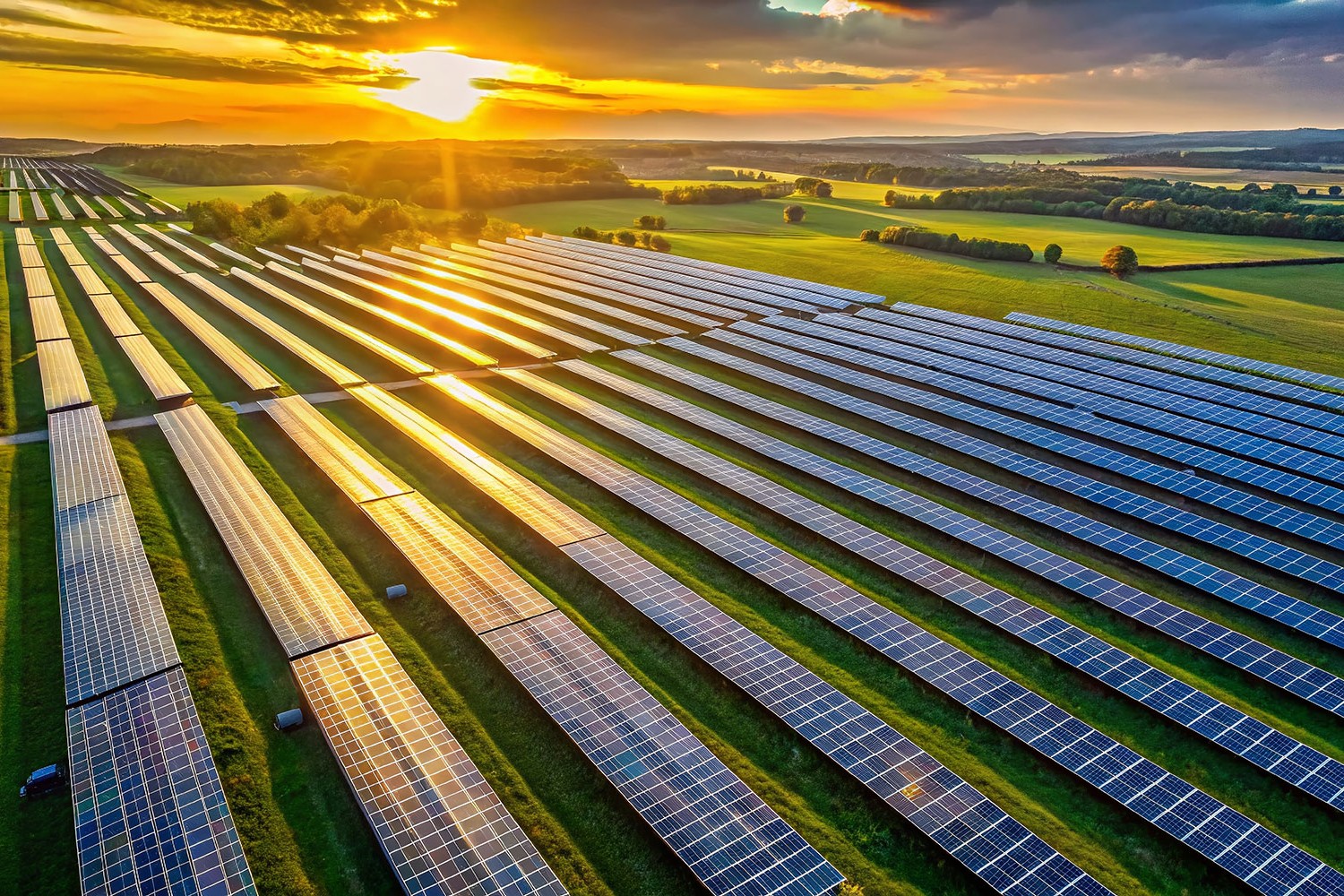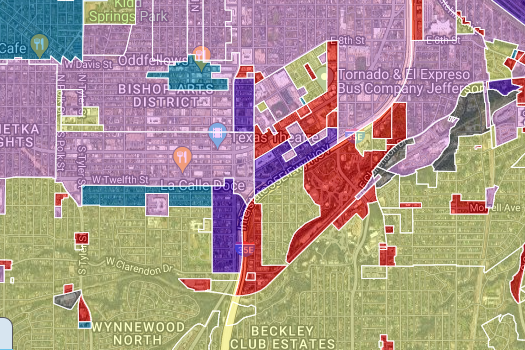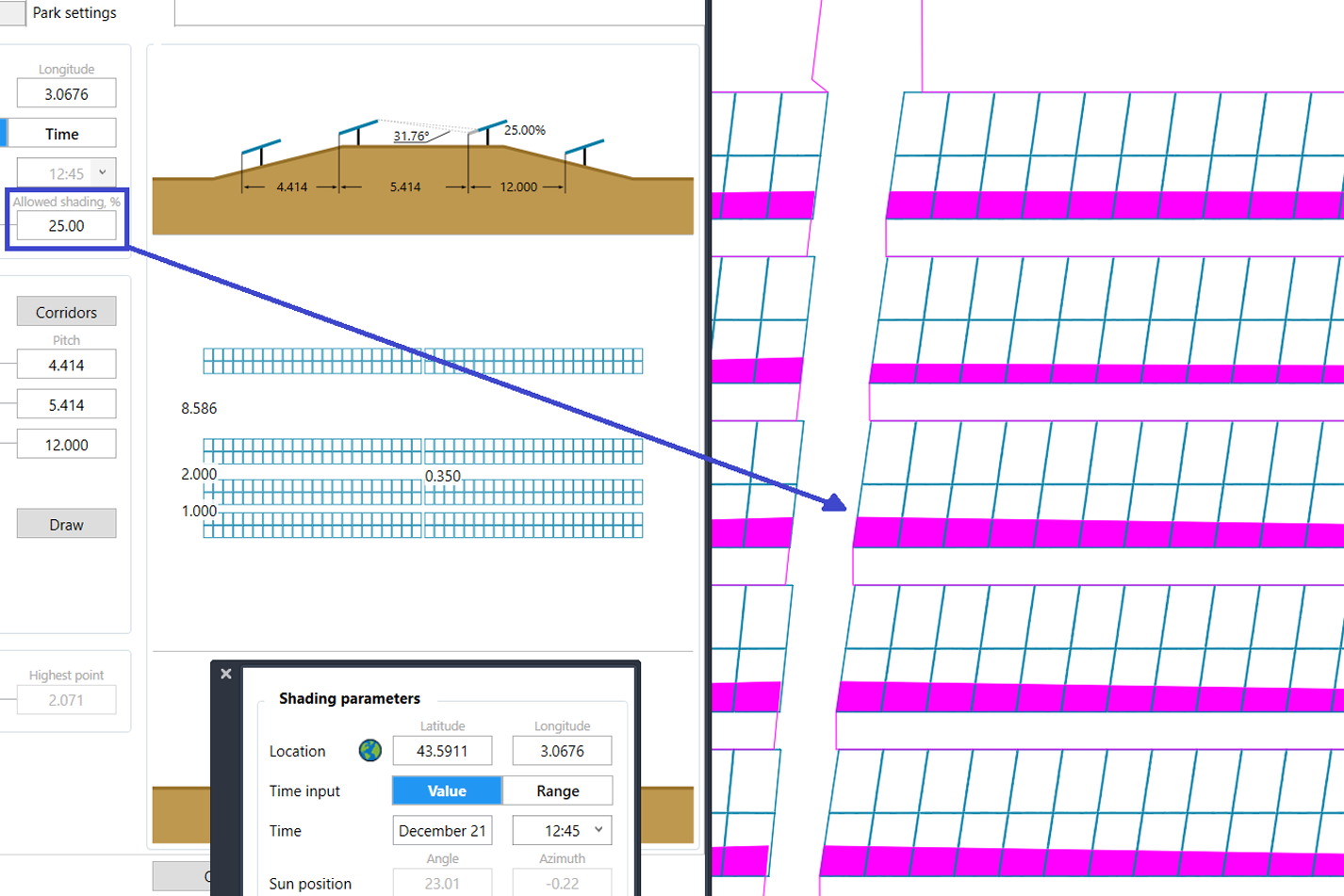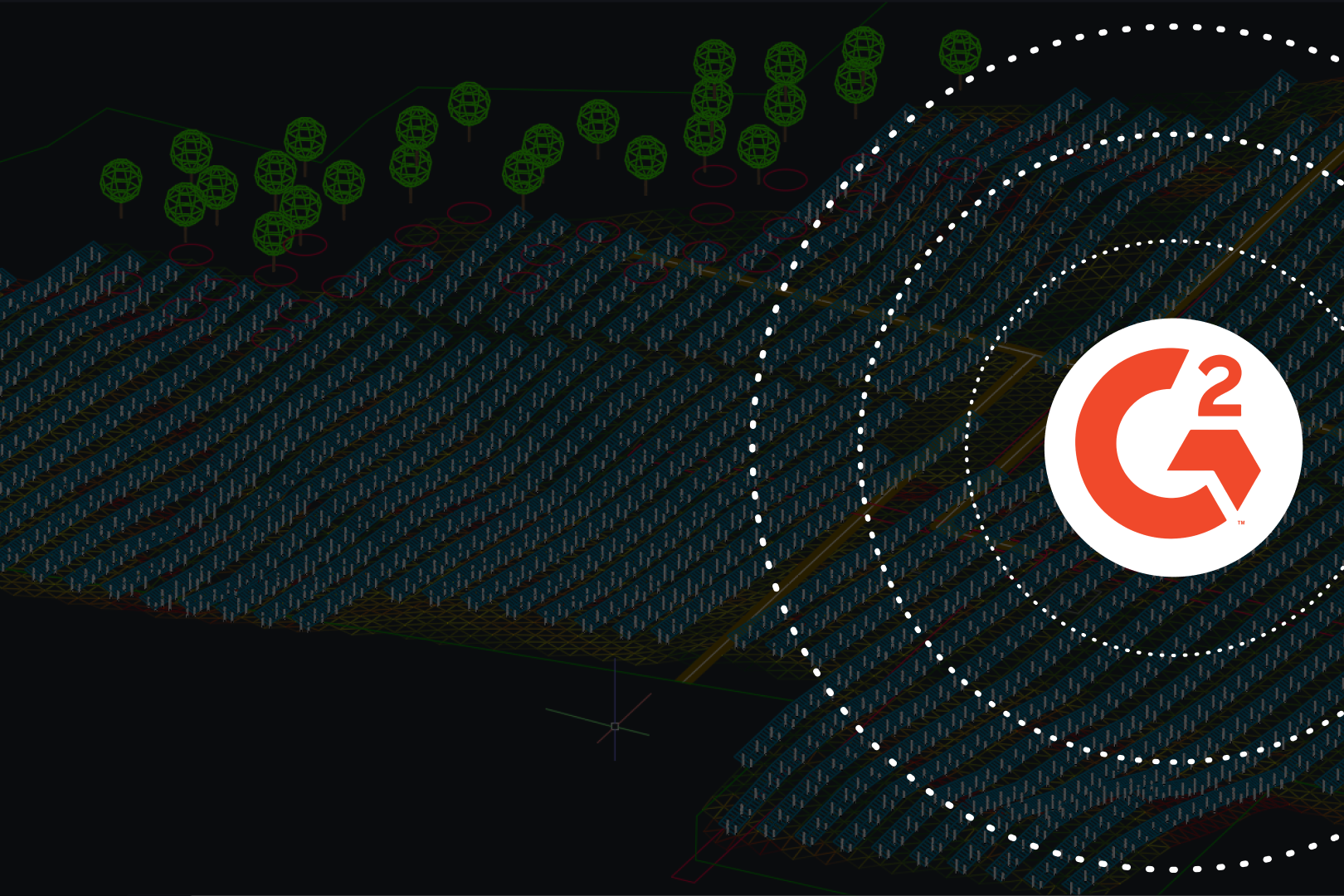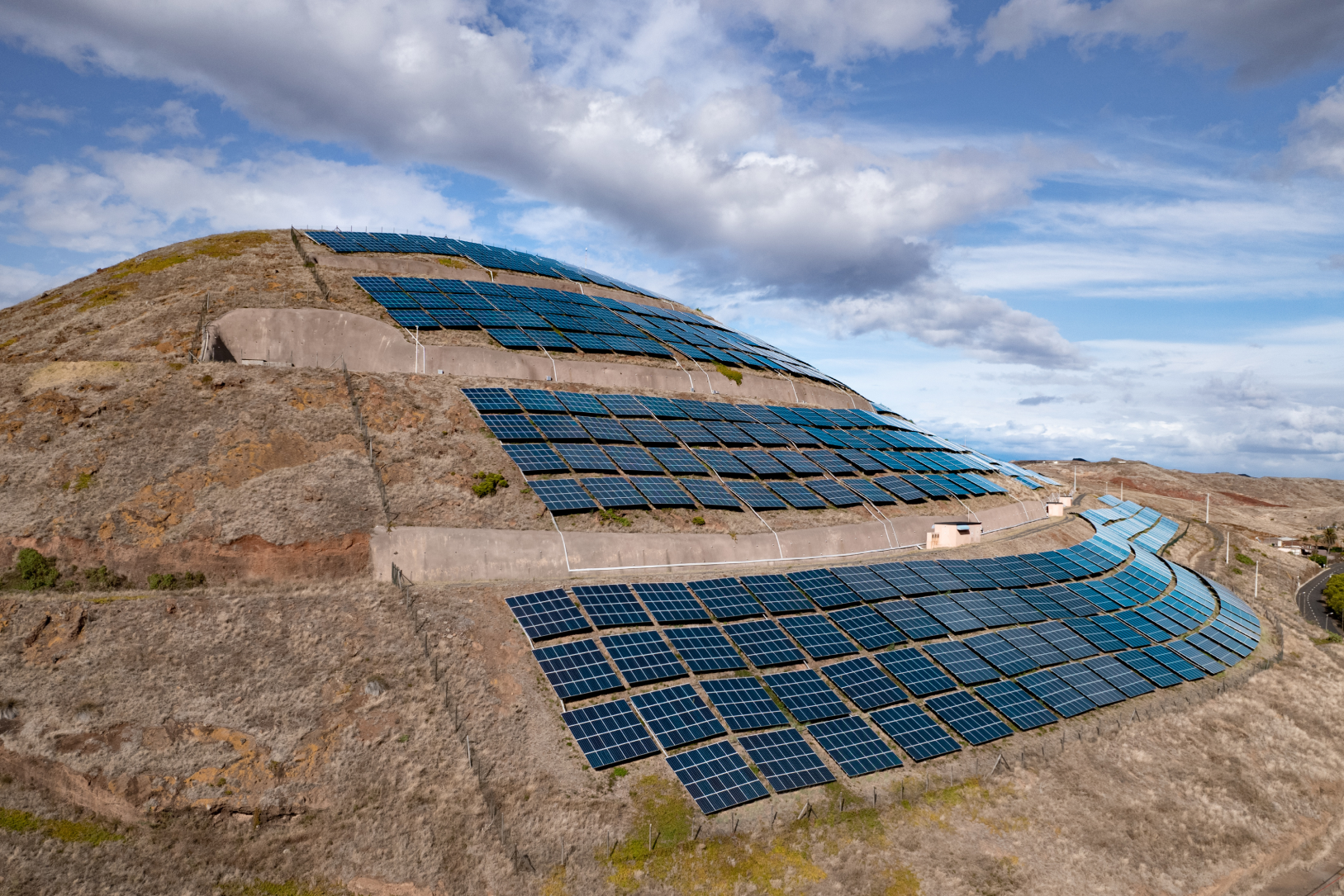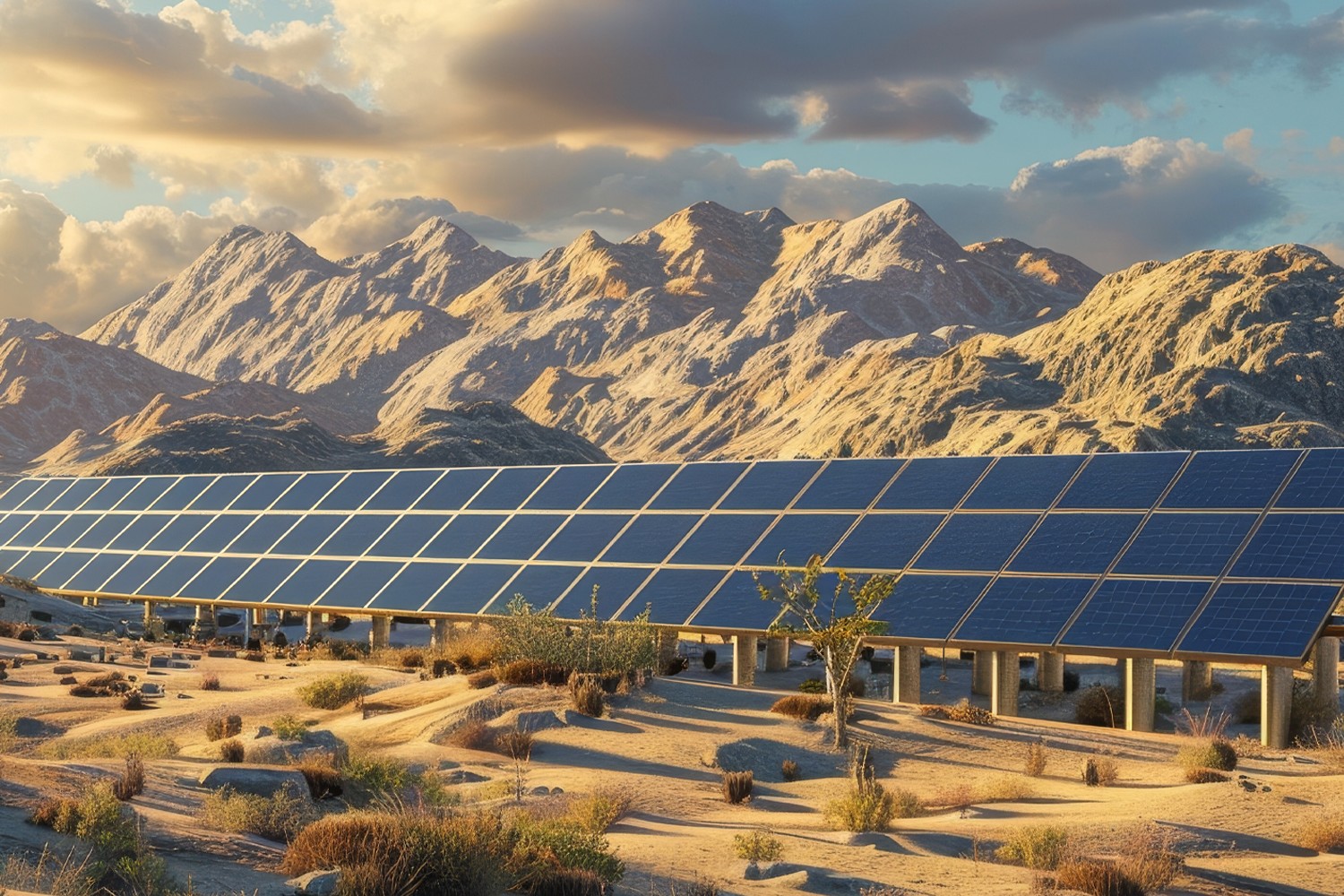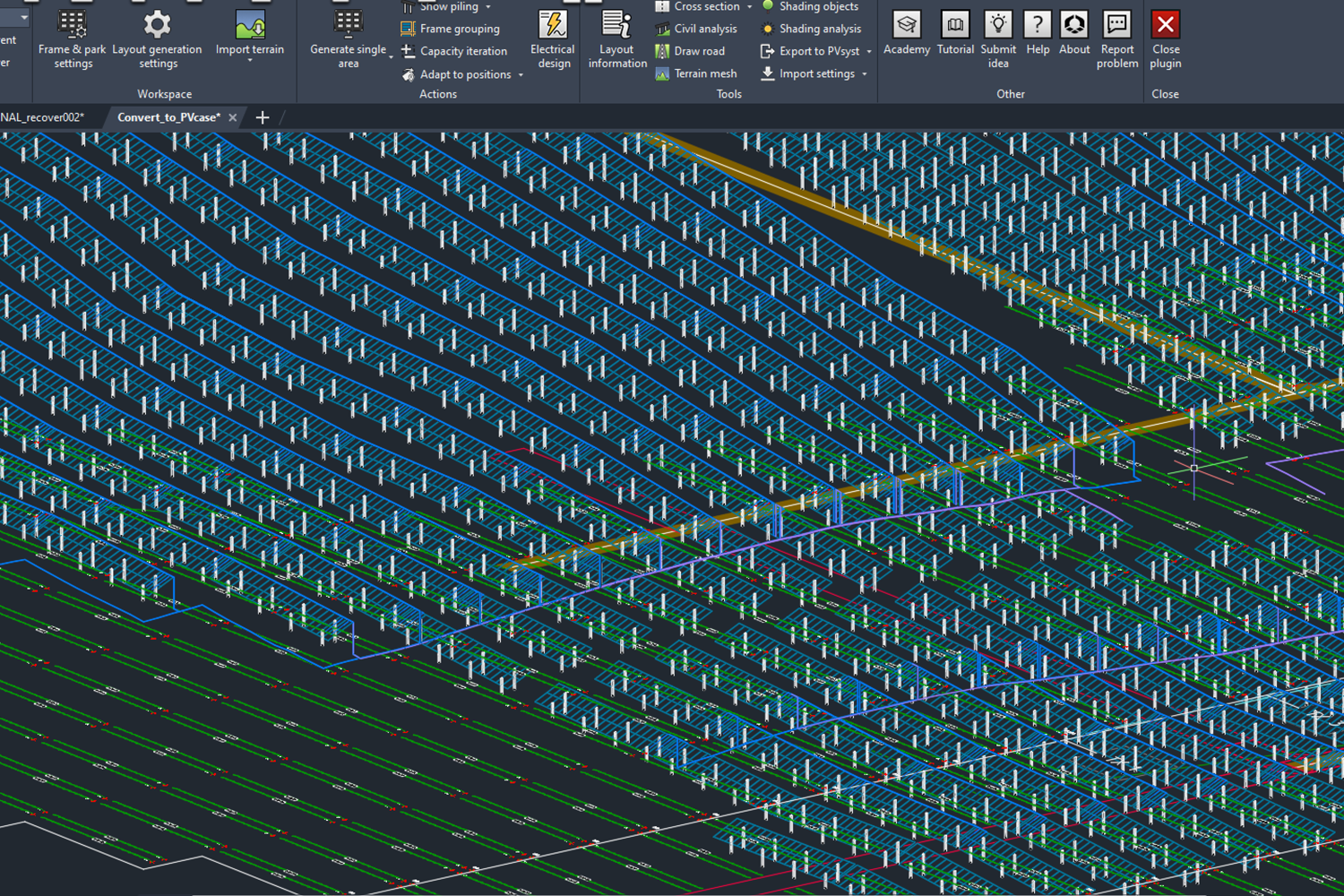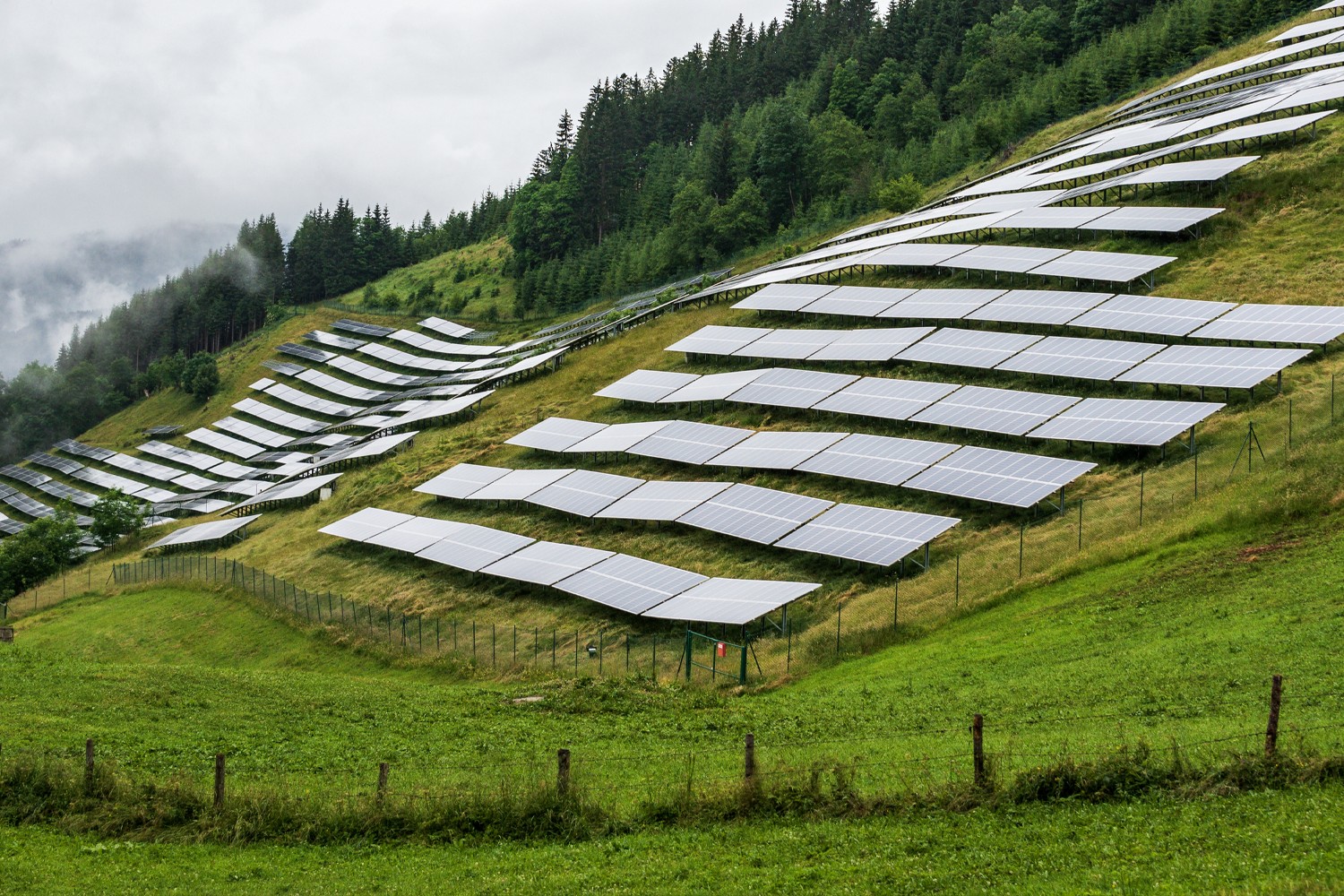As a solar developer, you’re on a mission. A mission to bring renewable energy to communities, create sustainable solutions, and pave the way for a brighter future. The best way to make this impact on the world is to grow your pipeline as large as possible as quickly as possible with viable projects. Today’s fast-paced renewable energy landscape requires tools that can keep up. Unfortunately, platforms like ArcGIS and QGIS were designed for a different era and user base—primarily, GIS specialists with years of training.
Why traditional GIS isn’t cutting it anymore
ArcGIS and QGIS have steep learning curves that are not user-friendly for the average solar developer. If you’re not trained in GIS, you could find yourself in a mess of complex layers and manual overlays that are far from intuitive. Even once you learn the platform, you are still stuck doing hours of work for pretty simple tasks. The lack of automation means you’re working harder, not smarter. In a world that’s moving as quickly as renewable energy, manually overlaying maps feels like trying to start a fire with two sticks while everyone else uses a lighter.
The upfront cost of scaling with traditional GIS platforms
Scaling with traditional GIS solutions is not only technically draining but financially draining as well. With traditional GIS platforms, the only way to scale up is to bring in more people, which leads us to another point — cost. Hiring a GIS specialist doesn’t come cheap. You have the salary, the benefits, and the onboarding time to consider.
And for what?
To be stuck with the same old system that wasn’t designed for your needs in the first place? Bringing in more specialists means rising operational expenses, and it starts feeling like you’re pouring money into a system that wasn’t built for you.

The opportunity cost of scaling traditional GIS
In the fast-evolving world of renewable energy, time is a resource just as critical as the energy you aim to harness. As a solar developer, your primary focus should be on innovating and expanding your core business model rather than on the cumbersome task of building and maintaining a GIS system.
Traditional GIS platforms demand significant financial investment in infrastructure and specialist personnel and consume a precious commodity — time. Time spent establishing and maintaining these systems is time diverted from your competitive advantage in the renewable energy sector.
In essence, by investing in a complex GIS system, you’re allocating resources to an area that, while necessary, aligns differently from your primary objectives as a renewable developer. This misalignment can hinder your growth and innovation in a field where agility and focus are critical.
Beyond GIS: understanding site selection as a comprehensive workflow
Site selection in the solar development realm extends far beyond traditional GIS capabilities. It’s not just a data problem; it’s a comprehensive workflow challenge encompassing various facets of your operation. Even with a robust GIS implementation, several critical aspects of the site selection process remain unaddressed:
-
Streamlined communication tools: easily gather address information for mailers and set up efficient mail merge systems.
-
Marketing collateral creation: produce compelling marketing materials without hassle.
-
Portfolio management and CRM: keep track of project stages, statuses, and other vital information for effective client relationship management.
-
Efficient file management: avoid the chaos of tracking numerous offline map files. Cloud storage solutions offer a more organized, accessible approach.
-
Integration of missing elements: a bespoke GIS solution might cover some bases, but it often needs to include essential components that a dedicated site selection software can provide.
In short, even with a customized GIS system, you’ll likely miss out on the full suite of tools necessary for streamlined, effective site selection. You can learn more about streamlining your solar site selection process with our free site selection guide.
PVcase Prospect: the game-changing site selection platform
Understanding the unique challenges faced by solar developers like you, we created PVcase Prospect. Instead of being crafted for GIS experts, PVcase Prospect is built with solar developers at its core.
Imagine a platform where site selection feels intuitive and manual overlays are a thing of the past. With our built-in intelligent automation, PVcase Prospect understands the needs of a renewable developer, reducing time-consuming tasks that hinder your progress.
Every developer needs a tool that evolves with them. PVcase Prospect is designed for scalable performance, aligning with a developer’s need for rapid pipeline growth. The software grows with you without any hidden costs or computational hiccups. That’s what we call future-proof.
PVcase Prospect enhances project ROI by reducing operational expenses and expediting time-to-market because every dollar counts when running a lean operation. We’re not just offering a tool; we’re offering a strategic investment for your future projects – one that delivers tangible returns without the overhead of hiring additional specialists.
The path forward
The choice is yours. Continue battling with inadequate GIS platforms, or embrace the future with PVcase Prospect, which is designed to propel you ahead. With a faster, more intelligent, and more cost-effective solution to site selection for solar projects, PVcase Prospect is the strategic choice for solar developers looking to streamline site selection and scale as they grow.
Schedule your free PVcase Prospect demo today, and let us illuminate the path to a streamlined site selection process. The future of renewable energy is bright, and with PVcase Prospect, it just got a little brighter. 👇
You might also be interested in:
March 26, 2025
PVcase Yield product guide: revolutionize solar energy modeling with advanced technology
Download PVcase Yield product guide and discover how PVcase Yield is transforming solar energy modeling with its advanced digital twin technology and physics-based simulations.…
March 25, 2025
The impact of Zoning Data on strategic site selection
Zoning Data encompasses the information used by local governments to classify land use. Learn how this new addition to PVcase Prospect enables solar developers to choose a project…
March 24, 2025
PVcase’s spring product updates: what’s new
PVcase and HeatSpring offer a new training bundle on utility-scale solar engineering for solar designers and engineers.
March 5, 2025
Why fiber data is non-negotiable for data center site selection
Discover why integrating fiber data into your data center site selection process is crucial for reducing costs, accelerating deployment, and improving network resilience.
February 20, 2025
PVcase Ground Mount wins G2 2025 Best CAD & PLM Software award
PVcase and HeatSpring offer a new training bundle on utility-scale solar engineering for solar designers and engineers.
February 18, 2025
PVcase partners with HeatSpring for advanced utility-scale solar training
PVcase and HeatSpring offer a new training bundle on utility-scale solar engineering for solar designers and engineers.
February 3, 2025
Solving ground mount solar design challenges. A guide by engineers, for engineers
Download our e-book for expert insights and actionable solutions to the common pain points you encounter in your day-to-day work, and start taking back your development time.
January 15, 2025
Award-worthy solar software: PVcase’s impact in 2024
Explore how PVcase's award-winning product suite is combating climate change through innovative software and what achievements were recognized the most.
January 14, 2025
Top 10 questions asked during the PVcase Digital SmartUp’24 — answered
Customers ask, we answer — read the article to find answers to the top 10 most asked questions at the exclusive PVcase Digital SmartUp'24 event.
January 10, 2025
Developing solar projects on challenging land
Solar developers face fierce competition, congested grids, and a shrinking pool of ideal sites. What's the solution? Read and and learn how to develop on challenging land instead.
December 12, 2024
Why Locational Marginal Pricing (LMP) data is essential for solar development?
Locational Marginal Pricing (LMP) data helps solar developers forecast profitability, minimize financial risk, and optimize site selection. Let’s break down what LMP data is, its…
December 11, 2024
PVcase product updates — November highlights
With PVcase November updates, you can achieve faster, more accurate results today — no need to make them your New Year’s resolutions. Dive into the major updates from the PVcase…
December 9, 2024
The importance of quality GIS data for solar site selection
Discover the impact of high-quality GIS data on solar site selection. Learn how parcel data, grid capacity, and LMP data optimize solar project development, reduce risks, and…
December 2, 2024
Consequences of extreme weather events: can we still afford it?
Floods, hurricanes, wildfires — whether we want them or not, extreme weather events have become the new normal. This year alone, there have been 24 billion-dollar weather…
November 14, 2024
Fail fast, succeed faster: the developer’s guide to streamlining solar projects with early-stage development software
Discover how solar developers thrive by adopting the 'fail fast, succeed faster' approach. Explore the role of early-stage development software, such as PVcase Prospect, in…


